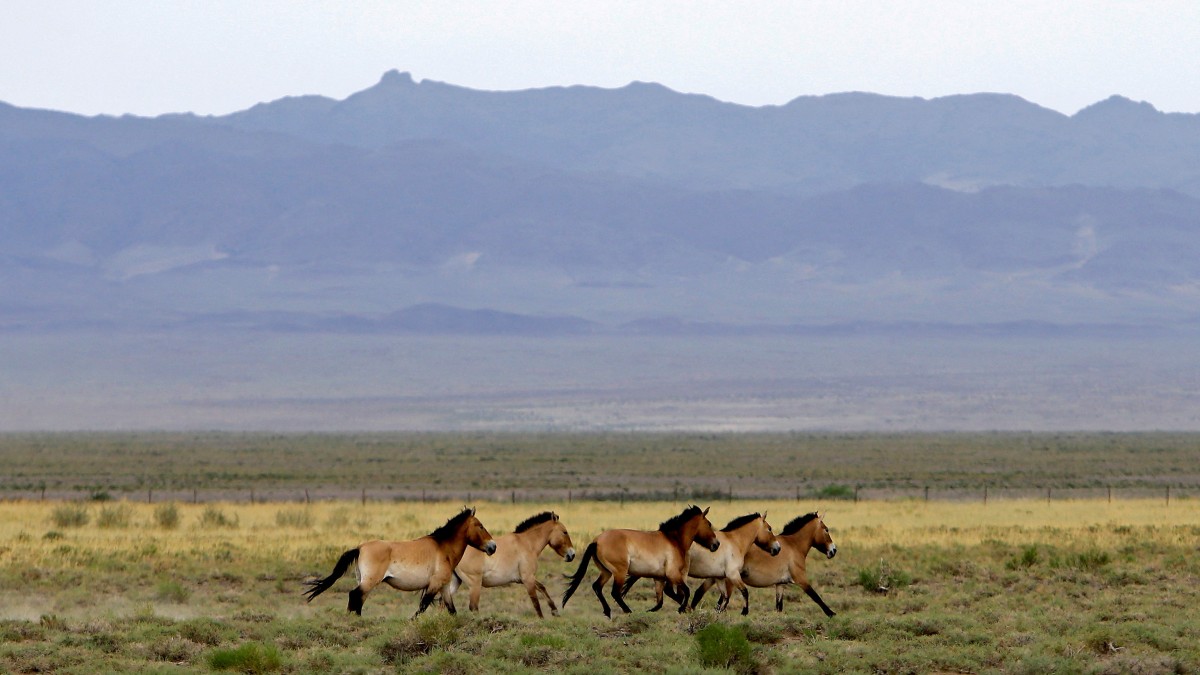A nature finance agreement was struck by the government of Mongolia and a group of allies with the objective of safeguarding 35.6 million acres (144,000 square kilometres) of the nation’s lands and rivers, which includes the world’s largest remaining area of temperate grassland.
Under the terms of the “Eternal Mongolia” deal, the government would invest $127 million to conservation over a 15-year period, matched by a $71 million transition fund sponsored by international donors.
According to those engaged, it will rank among the biggest climate financing accords in Asia to date, significantly growing Mongolia’s network of National Protected Areas and serving as a model for other nations worldwide.
Minister of the environment and tourism of Mongolia, Bat-Erdene Bat-Ulzii, emphasised how the consequences of climate change were already being felt throughout the nation.
It has seen temperatures rise 2.25 degrees Celsius over the last 80 years - more than anywhere else on earth - and is experiencing more frequent and severe climate-induced disasters like harsh winters, droughts, and dust storms.
“We’ve just endured the worst dzud year yet, with millions of livestock lost and people’s livelihoods ruined,” he said referring to a slow-onset but extreme kind of winter unique to Mongolia.
Impact Shorts
More ShortsThe Eternal Mongolia programme deploys the Project Finance for Permanence (PFP) model — an approach that secures policy changes and funding and binds them together in a single agreement that ties the disbursement of funds to environmental and social goals.
Ryan Bidwell, at non-profit organisation The Nature Conservancy that worked with the government on the new agreement, said it would facilitate conservation “at a national scale” and allow nomadic herders to continue to exist on Mongolia’s famous steppe.
Mongolia’s grasslands store around 14-15 million tonnes of carbon and are home to a variety of wildlife including argali sheep, gazelles and endangered Saiga antelope, and yet they are one of the planet’s most imperilled landscapes, he warned.
The new programme plans to set up “biodiversity offsets” - fees charged to the mining firms that exploit Mongolia’s gold and other natural resources. The money raised can then fund conservation projects.
Raising the entrance fees to Mongolia’s national parks to “globally appropriate” levels is also planned, Bidwell said, adding that TNC expected to do around 20 PFPs between now and the end of the decade, including in Kenya and Gabon in Africa, in south and central America, and in Canada.
“We hope this will be the first of many,” Bidwell said.
)